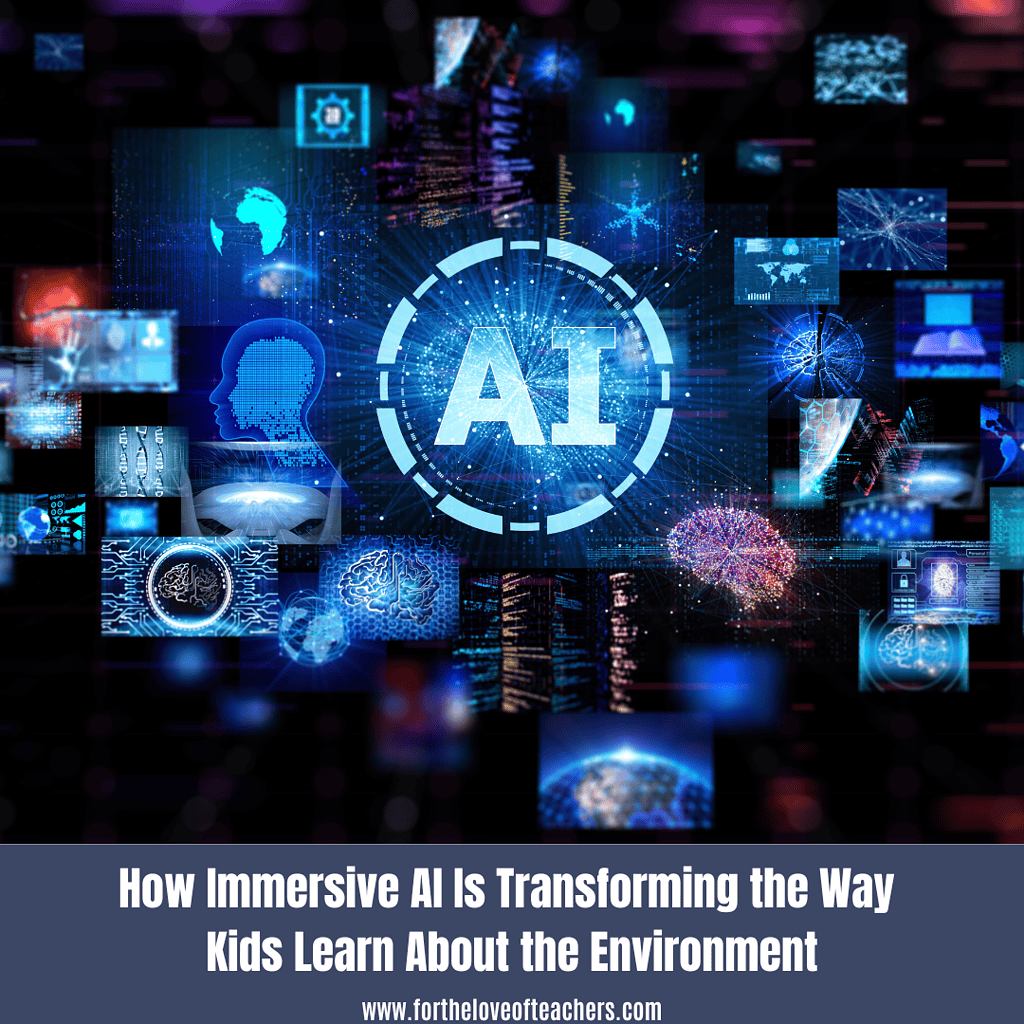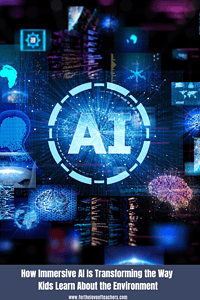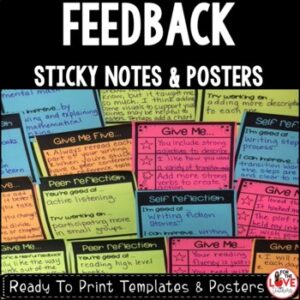Teachers, picture this: You’re racing against the clock to explain melting polar ice caps to a class of restless 10-year-olds. A student raises their hand: “Why can’t the penguins just move somewhere else?” Another doodles in their notebook, muttering, “This doesn’t even matter.”
Sound familiar? You’re not alone.
Educators face a daily tug-of-war: making abstract environmental crises feel urgent while battling attention spans shorter than TikTok clips. The stakes? Monumental. Kids who tune out today won’t fight for the planet tomorrow. But here’s the good news: AI is flipping the script.
1. Personalized Learning Paths: No Two Kids Learn the Same Way
AI doesn’t lecture. It listens.
Imagine a student, Lena, who zones out during text-heavy lessons about deforestation. The AI detects her wandering attention through her paused clicks and slumped posture. In seconds, it swaps paragraphs for a dynamic video showing a toucan fleeing a disappearing rainforest.
Across the room, her classmate Jaden, a hands-on learner, gets prompted to drag-and-drop solutions like “replanting trees” onto a digital map. The AI tracks his choices, adjusting the difficulty as he masters concepts.
But wait—can AI really juggle 25 unique learning styles at once?
Absolutely. Think of it like a traffic controller. Modern AI processes millions of data points from global classrooms, spotting patterns humans miss.
A teacher in Phoenix might see a dashboard flagging that six students struggle with “carbon cycles,” while three ace it and need harder challenges. The result? Less time spent on one-size-fits-all lectures, more time mentoring.
2. Immersive Simulations: From “Huh?” to “Holy Cow!”
Try explaining methane emissions with a textbook. Now drop kids into a virtual farm via AI-powered Virtual Reality. Students strap on headsets and suddenly, they’re standing in a barnyard. They scoop virtual cow manure (cue giggles) and watch floating numbers tally methane bursts.
A prompt asks: “What if we added seaweed to cow feed?” They toss digital seaweed into troughs and—poof!—methane levels plummet. The invisible becomes unignorable.
VR used to be expensive, but not anymore. Picture a school in rural Kansas using $20 smartphone VR headsets. An AI app lets kids “travel” to melting glaciers or polluted oceans during free periods. No budget for field trips? No problem. A 10-minute simulation burns the stakes of environmental collapse into memory better than a week of lectures.
And it’s not just schools making use of AI. Companies are also embracing these AI-driven immersive experiences to engage audiences. By creating virtual experiences around environmental issues, they can reach younger audiences in new ways, sparking curiosity and fostering a sense of responsibility for the planet.
3. Gamification: Sneaky Learning That Feels Like Fortnite
Kids don’t resist learning—they resist boredom. AI turns lessons into adrenaline-pumping quests.
Imagine learning about climate mitigation tools through games. Instead of poring through mountains of text, students battle “Pollution Bosses” by correctly sorting recyclables. Miss a step? The boss grows stronger, spewing digital smog. Get it right? Unlock a “Clean Air Power-Up” and climb the class leaderboard. Suddenly, recycling isn’t a chore—it’s a rivalry.
“But games are distractions!” some argue. Not when learning objectives hide in plain sight! And the dopamine hit from “winning”? That’s just a bonus.
4. Real-Time Data: The Planet Becomes a Lab
Textbooks are static. AI is alive.
Imagine a classroom in Miami tracking a hurricane’s path via live satellite feeds. Students input wind speeds and ocean temperatures into an AI model, predicting where it’ll hit hardest. Or picture a school in drought-stricken Australia using an AI tool to compare their weekly water usage with a sister school in Canada. The data updates in real time, turning conservation into a global competition.
“Data is too complex for kids!” skeptics say.
AI simplifies it. Instead of spreadsheets, students see a pulsing “Earth Health” dashboard with emojis: smiling suns for clean energy, frowning icebergs for rising temps. When they notice their hometown’s air quality dip every Friday (rush hour traffic!), the link between cars and pollution clicks instantly.
5. Association: Teamwork Makes the Green Dream Work
AI isn’t a solo act. It’s a catalyst for teamwork. Think of students huddled around a touchscreen, designing a wildlife corridor for wolves.
The AI throws curveballs: A highway cuts through the forest. What now? Teams debate solutions—build a bridge? Reroute the highway?—and the AI simulates each idea’s impact on wolf populations. Compromise isn’t just encouraged; it’s required.
Wrapping Up
Yes, screens can’t replace hands-on soil experiments or forest hikes. But AI isn’t the enemy—it’s the ally.
It meets kids in their digital universe, then nudges them to care about the real one. A student who “saves” virtual sea turtles today might grow into a marine biologist. Another who battles AI pollution monsters could become a policymaker one day. It’s all about showing them the way now to prepare for a better future.
Teachers, the tools are here. Don’t worry about the cost. Many are free, while some offer great deals for schools. The payoff? A generation that sees environmental science not as a homework chore, but as a call to action.
Start small. Try a 10-minute AI simulation on Earth Day. Watch curiosity explode. The planet’s future problem-solvers are sitting in your rows of desks. Let’s arm them the best way we can!
How do you use AI in your classroom to enhance teaching and learning? Share in the comments!
About the Author: Bash Sarmiento is a writer and an educator from Manila. He is currently finishing his Doctor of Education degree in Miriam College. Bash writes laconic pieces in the education, lifestyle, and health realms. His academic background and extensive experience in teaching, textbook evaluation, business management, and traveling are translated in his works.
Related Posts:
The Impact of Artificial Intelligence on Education: Opportunities and Challenges
7 Ways to Optimize Student Engagement with Machine Learning
Thanks for reading!
If you like it, then pin it!

Christine Weis is a passionate educator, classroom management coach, wife, and mom of two busy boys. She enjoys teaching, writing, and creating resources for teachers.








Leave a Reply